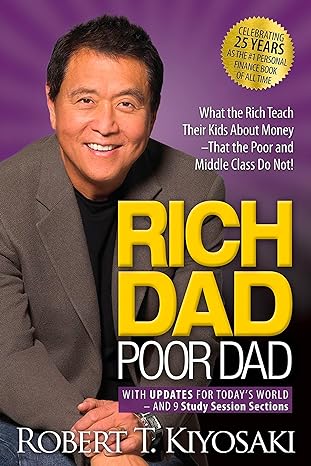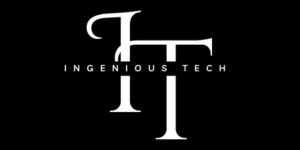Main Topic
The main theme of the book is the distinction between the financial philosophies and practices of the rich and those of the poor and middle class. Kiyosaki emphasizes the importance of financial education and the need to break away from conventional notions about money.
Key Ideas and Arguments
- The Rich Invest: Kiyosaki stresses the significance of investing, primarily in assets that generate passive income. The rich focus on building wealth through investments, while the poor and middle class often rely on earned income.
- Financial Education: The author advocates for financial literacy as a cornerstone of wealth-building. Understanding financial concepts and learning how to make money work for you is essential.
- Assets vs. Liabilities: Kiyosaki differentiates between assets (things that put money in your pocket) and liabilities (things that take money out of your pocket). The rich prioritize acquiring income-generating assets.
- Entrepreneurship: The book promotes entrepreneurship and starting your own business as a way to create wealth and financial independence.
Chapter Titles and Main Sections
- Rich Dad, Poor Dad – Introduces the two father figures and their differing financial philosophies.
- The Rich Don’t Work for Money – Explores the concept of financial education and the importance of not relying solely on a job for income.
- Why Teach Financial Literacy? – Discusses the lack of financial education in traditional schooling and the consequences.
- Mind Your Own Business – Emphasizes the importance of entrepreneurship and starting your own business.
- The History of Taxes and the Power of Corporations – Examines the tax advantages of owning a corporation.
- The Rich Invent Money – Explains how the rich create money through financial strategies.
- Work to Learn—Don’t Work for Money – Encourages learning and acquiring new skills to increase income potential.
Key Takeaways
- Wealth is not determined by the amount of money you earn but by how you manage and invest it.
- Financial education is the key to financial success.
- Building and acquiring assets is crucial for financial independence.
- Entrepreneurship and business ownership are viable paths to wealth.
Author’s Background
Robert T. Kiyosaki is an entrepreneur, investor, and financial educator. He has written numerous books on personal finance and wealth-building and has vast experience in real estate and entrepreneurship.
Comparison to Other Books
“Rich Dad, Poor Dad” stands out for its unique approach to financial education. While other books may focus on specific investment strategies, Kiyosaki’s book delves into the mindset and financial philosophies that underpin wealth creation.
Target Audience
This book is suitable for anyone interested in improving their financial knowledge and making sound financial decisions. It is especially relevant for those looking to break away from traditional employment and explore entrepreneurship.
Reception
The book has received both praise and criticism. Some readers find its unconventional advice inspiring, while others question the applicability of its principles in all financial situations.
Publisher and First Published Date
- Publisher: Plata Publishing
- First Published: 1997
Recommendations for Similar Books
If you found “Rich Dad, Poor Dad” insightful, you may also enjoy the following books:
- “The Millionaire Next Door” by Thomas J. Stanley and William D. Danko
- “Think and Grow Rich” by Napoleon Hill
- “The Richest Man in Babylon” by George S. Clason
Biggest Takeaway
The key takeaway from “Rich Dad, Poor Dad” is that financial education and the ability to differentiate between assets and liabilities are critical for achieving financial independence and success.



